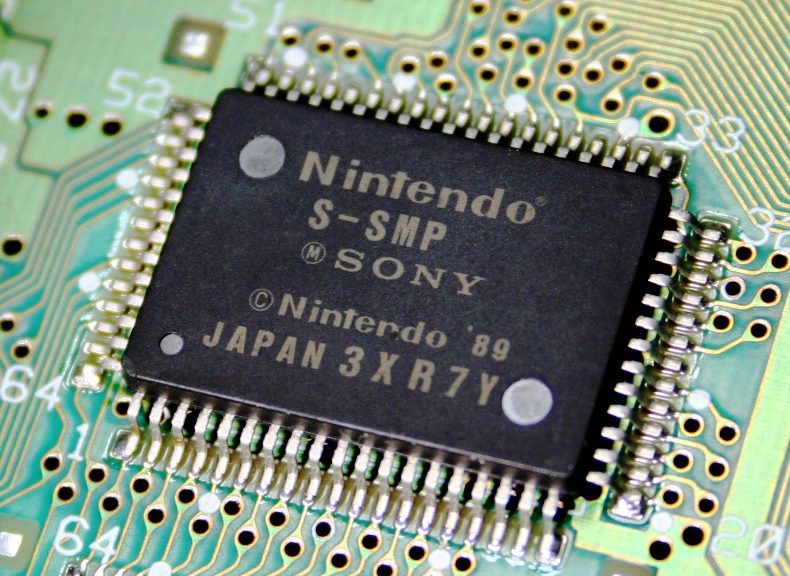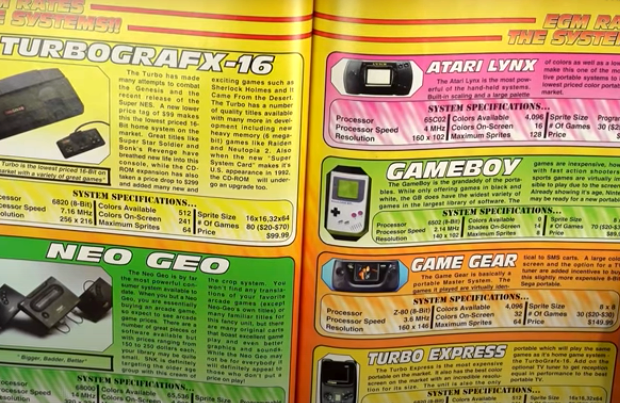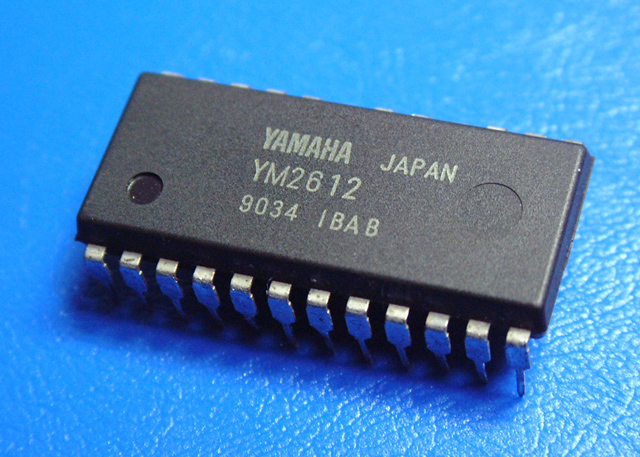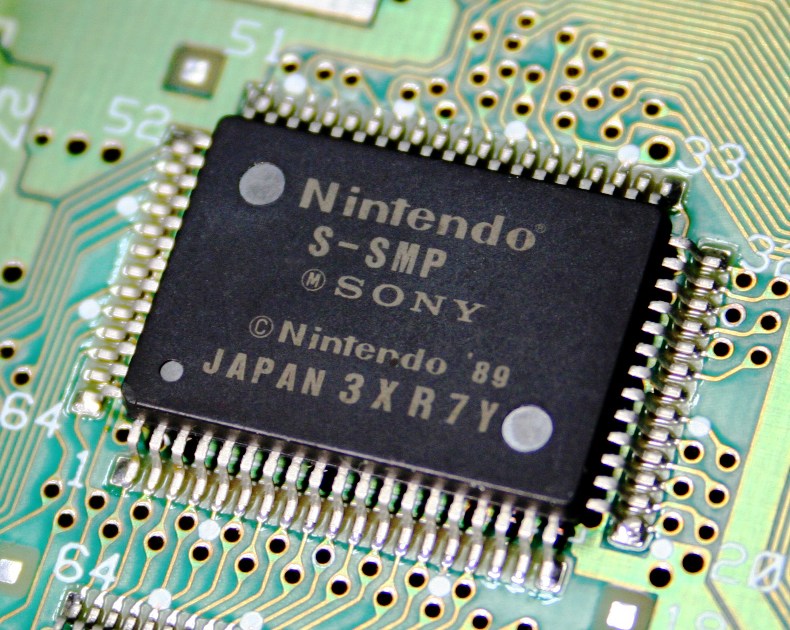
Battle of the 16-bit Audio Processors
Be Kind, Please REWIND
I have fond memories of the late 80’s early 90’s, because it’s what got me so addicted to hardware and what I like to refer to as the “healing powers” of video games. As a kid with severe asthma, I spent many of childhood years in a hospital. Medicine was not where it is today for controlling asthma, and they really just treated the symptoms the best they could. In fact, the same thing someone would use for anaphylaxis shock today, was used to TREAT asthma back in the day. That’s right, I’d go to the hospital and they would give me multiple shots of Epinephrine. The inhalers at the time were also based on Epinephrine, so let’s just say my heart took a toll during theses years.
All that said, Video Games were a way for me to escape the reality of spending so much time in hospitals and fighting to survive. I would have a TV cart in my hospital room with either an NES/SNES/Genesis hooked up and games rented from the local video store.
As a low income family, I had to make VERY wise decisions when it came to buying a video game system or games. Most of my game experiences were rentals that I would race to finish each and every game I could get my hands on.
Hardware Specs
My very 1st introduction to a hardware “data sheets” was from the magazine Electronic Gaming Monthly (EGM) and their annual buyers guide. They looked like this. Keep in mind, this is before the days of the “Internet” and data at your fingertips via a web browser.

This started my appetite for consuming and disgusting all the bits/bytes of these systems. I would memorize EVERY spec and then impress the kids in school with my ability to regurgitate the data for them. All this was great, but in the end the hardware is only one part of the equation and fundamentally the MOST important part was the games/library right?! I use this analogy when someone tells me how great a certain piece of hardware is in networking/gaming these days. “What good is the greatest movie theater/projection system if you have NO good content/movies to showcase the the solution?”. This analogy can be used for gaming and in my area of expertise which is networking. Amazing Hardware + Amazing Software = Amazing Solution
Back on Topic
So, that backdrop brings me to a thought that crossed my mind today and I wanted to share with anyone that in the field of engineering, gaming, ASIC/FPGA development, software development, etc
The younger Shaun was always looking for the BEST hardware specs and in the case of the Sega Genesis vs the Super Nintendo the clear hardware technical winner was the Sony/SNES FM audio CPU.
SNES/S-SMP = 8-bit CPU + 16-bit DSP 8-channels
Genesis/Mega Drive YM2612 = 6 channel FM synth
The 2 additional channels allowed effect like echo and detuning for the S-SMP, however many folks love the FM synth harmonic qualities of the YM2612.
This brings me to the well respected and my personal favorite chiptune created of all time, Yuzo Koshiro.
Koshiro San was the master at getting the most melodic and complex sounds from BOTH of these amazing sound processors.
Examples:
S-SMP/SNES- ActRaiser
Genesis/YM2612- Streets of Rage 2
Wrapping it up with a Bow
If you listened to even the 1st 30 seconds of these two songs you will no doubt see the amazing audio qualities of both the S-SMP and the YM2612, it took Koshiro sensei’s creativity to unlock the full potential of both hardware platforms.
The older Shaun finally realizes something important not just in video games, but as a general observation. I can now look back at the younger Shaun that was more concerned with bits vs bytes (8bit vs 16bit) and coming to a conclusion that 16 is better than 8 because it’s higher/better. LOL!
To a place where I realize that BOTH of these amazing hardware options were special in their own regard. I can just appreciate the amazing content that was produced for both platforms and not get hung up with which one was technically superior. This place of appreciation allows a focus on the creativity of the content and how each composer had to work around potential limitations to make their sound creations come to life.
As an engineer at Cisco, we often get into the weeds on which ASIC/packet processor is better, what platform has the most TCAM space, packet buffers, port speeds, etc. When in the end, the software you use to interact with the hardware and make your networking dreams/configs come to life are just as important as the hardware under the covers. In fact, if stability is your primary concern, the software part of the equation is even more important because it tells the hardware what to do/program.
I now realize the important combination of amazing hardware + amazing software = making our technology dreams come to life.
Perhaps my next blog post will be around the art of compromise in engineering complex solutions… 🤔

